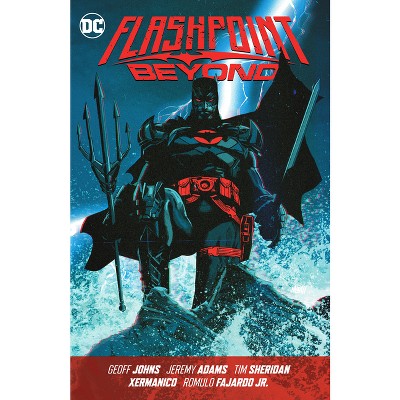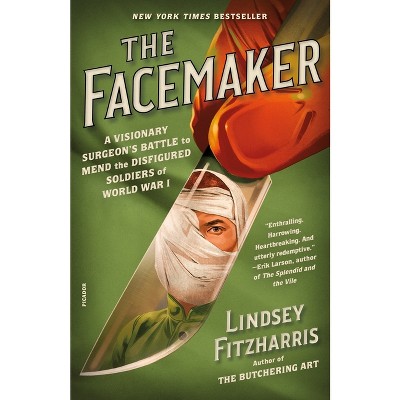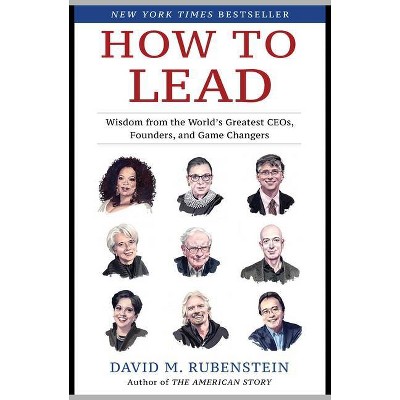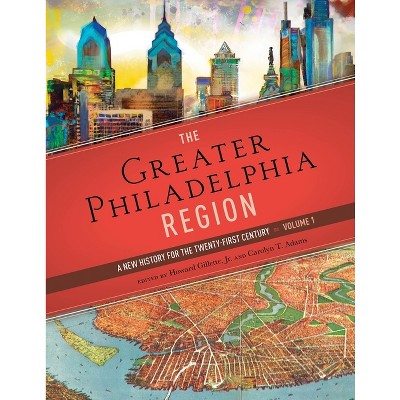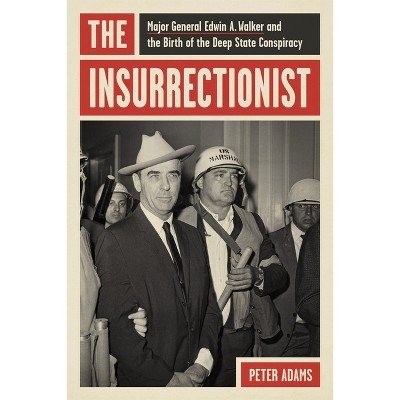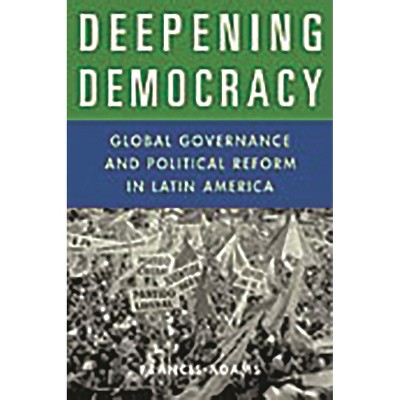Sponsored

The Bowery Boys - by Peter Adams (Hardcover)
In Stock
Sponsored
About this item
Highlights
- In the decades before the Civil War, the miserable living conditions of New York City's lower east side nurtured the gangs of New York.
- About the Author: Peter Adams is a freelance writer.
- 192 Pages
- History, United States
Description
About the Book
In the decades before the Civil War, the miserable living conditions of New York City's lower east side nurtured the gangs of New York. This book tells the story of the Bowery Boys, one gang that emerged as part urban legend and part street fighters for the city's legions of young workers. Poverty and despair led to a gang culture that was easily politicized, especially under the leadership of Mike Walsh who led a distinct faction of the Bowery Boys that engaged in the violent, almost anarchic, politics of the city during the 1840s and 1850s. Amid the toppled ballot boxes and battles for supremacy on the streets, many New Yorkers feared Walsh's gang was at the frontline of a European-style revolution.
A radical and immensely popular voice in antebellum New York, Walsh spoke in the unvarnished language of class conflict. Admired by Walt Whitman and feared by Tammany Hall, Walsh was an original, wildly unstable character who directed his aptly named Spartan Band against the economic and political elite of New York City and New England. As a labor organizer, state legislator, and even U.S. Congressman, the leader of the Bowery Boys fought for shorter working hours, the right to strike, free land for settlers on the American frontier, against child labor, and to restore dignity to the city's growing number of industrial workers.
Book Synopsis
In the decades before the Civil War, the miserable living conditions of New York City's lower east side nurtured the gangs of New York. This book tells the story of the Bowery Boys, one gang that emerged as part urban legend and part street fighters for the city's legions of young workers. Poverty and despair led to a gang culture that was easily politicized, especially under the leadership of Mike Walsh who led a distinct faction of the Bowery Boys that engaged in the violent, almost anarchic, politics of the city during the 1840s and 1850s. Amid the toppled ballot boxes and battles for supremacy on the streets, many New Yorkers feared Walsh's gang was at the frontline of a European-style revolution.
A radical and immensely popular voice in antebellum New York, Walsh spoke in the unvarnished language of class conflict. Admired by Walt Whitman and feared by Tammany Hall, Walsh was an original, wildly unstable character who directed his aptly named Spartan Band against the economic and political elite of New York City and New England. As a labor organizer, state legislator, and even U.S. Congressman, the leader of the Bowery Boys fought for shorter working hours, the right to strike, free land for settlers on the American frontier, against child labor, and to restore dignity to the city's growing number of industrial workers.Review Quotes
"[A] good story ... we emerge at the end with greatly increased knowledge of the Democratic Party, the Whig Party, Tammany Hall and the social conditions of New York in the middle of the nineteenth century." --Journal of American Studies
"Did these leaders speak much to or for American workers? The evidence make clear only that they speak to historians in search of an American radical tradition." --American StudiesAbout the Author
Peter Adams is a freelance writer. A former journalist, his work has appeared in newspapers for the Gannett chain, including USA Today, as well as in publications that specialize in national security issues. He lives in the Washington, D.C., area.Shipping details
Return details
Frequently bought together

Trending Non-Fiction






Discover more options
